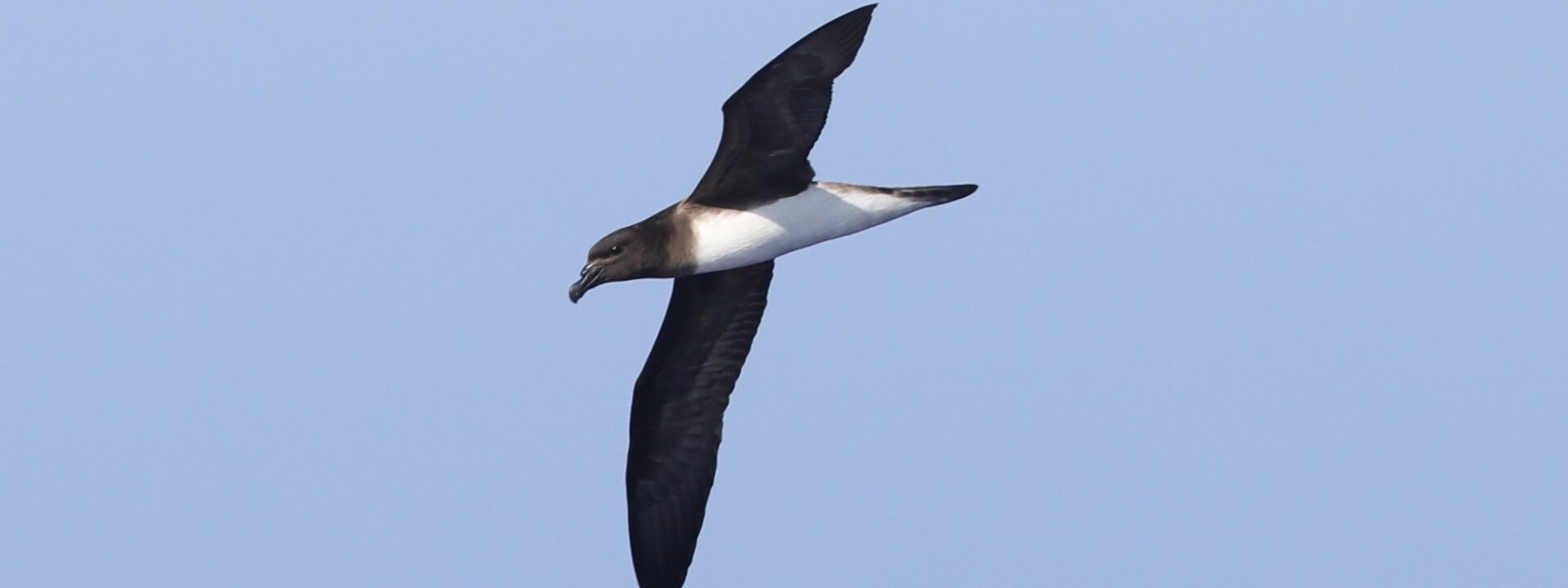The Seabirds and Cetaceans of Australasia
Vanuatu to Tasmania
A 9-day pelagic exploring the remote waters from Vanuatu to Tasmania.
Tour Dates & Prices
Fri 15th November 2024
Sat 23rd November 2024
- Phone Us to Book
Tour Cost: 9 Days from £2995 * excluding flights
* The price quoted above is per person for the most basic (triple) cabin. Heritage Adventurer has a number of single cabins and the "single supplement" shown above is the difference between a twin and single cabin on Deck 5. Please click on the 'trip info' tab for prices for all cabins types.
What's Included?
All on board ship accommodation, meals and service of the expedition team aboard the vessel.
Cost Excludes
All items of a personal nature, laundry, drinks, gratuities. International/domestic flights, visas and travel insurance.
Notes
The voyage will be accompanied by a WildWings/Limosa tour leader subject to a minimum number of bookings (please see “group size” above for the number required). If this total is not achieved, there are always expert bird guides employed by Heritage Expeditions aboard the vessel who are there to assist everyone.
The Tour Cost is the amount you will pay WildWings.
Please note that for all expedition cruises, WildWings is acting as agent for the ship operator and you will need to sign up to their terms and conditions.
CABINS OPTIONS AND PRICES
Main Deck Triple – £2,995 per person
Main Deck Triple Cabins on Deck 3 are a spacious 22m² and feature two porthole windows, two single beds and one Pullman bed which folds down from the wall, comfortable lounge, writing desk, private ensuite with shower, ample storage, and a flat screen entertainment system.
Superior Triple – £3,500 per person
Superior Triple Cabins on Deck 5 are a spacious 22m² and feature large panoramic windows, two single beds and one Pullman bed which folds down from the wall, comfortable lounge, writing desk, private ensuite with shower, ample storage, and a flat screen entertainment system.
Deck 4 Superior – £3,750 per person
Superior Cabins on Deck 4 are a spacious 22m² and feature large panoramic windows, king or two single beds, comfortable lounge, writing desk, private ensuite with shower, ample storage, and a flat screen entertainment system.
Deck 5 Superior – £3,995 per person
Superior Cabins on Deck 5 are a spacious 22m² and feature large panoramic windows, king or two single beds, comfortable lounge, writing desk, private ensuite with shower, ample storage, and a flat screen entertainment system.
Main Deck Single – £4,650 per person
Main Deck Single Cabins on Deck 3 are a spacious 22m² and feature two porthole windows, king bed, comfortable lounge, writing desk, private ensuite with shower, ample storage, and a flat screen entertainment system.
Superior Single – £4,995 per person
Superior Single Cabins on Deck 5 are a spacious 22m² and feature large panoramic windows, king bed, comfortable lounge, writing desk, private ensuite with shower, ample storage, and a flat screen entertainment system.
Worsley Suite – £5,875 per person
Located on Deck 6, Worsley Suites are a spacious 22m² and feature large panoramic windows, king or two single beds, comfortable chaise-style lounge suite, writing desk, private ensuite with shower, ample storage and a flat screen entertainment system.
Heritage Suite – £8,500 per person
Located on Deck 6, Heritage Suites are an expansive 44m² and feature large double panoramic windows, king bed, large living area with a sofa, coffee table and chairs and grand marble bathroom with a double basin, bathtub and shower, large writing desk, floor to ceiling cabinetry for storage and a flat screen entertainment system.
Tour Highlights
- cruise from Vanuatu to Tasmania on a comfortable expedition ship.
- expect to see a great range of tropical, subtropical and subantarctic seabirds with possibilities including Tahiti, Kermadec, Providence, White-necked and Black-winged Petrels, potentially eight or more species of albatross, plus shearwaters, prions and much more.
- look for rarities such as New Caledonian Storm Petrel (only redescribed in 2022) and Polynesian Storm Petrel.
- expect to see a range of interesting cetaceans which could include Fin, Humpback and Sperm Whales, pelagic dolphins and beaked whales.
- conclude the voyage at Hobart on the fascinating island of Tasmania, home to twelve endemic species of land-birds.
Outline Itinerary
-
Board vessel in Port Vila, Vanuatu
-
At sea
-
Disembark in Hobart, Tasmania
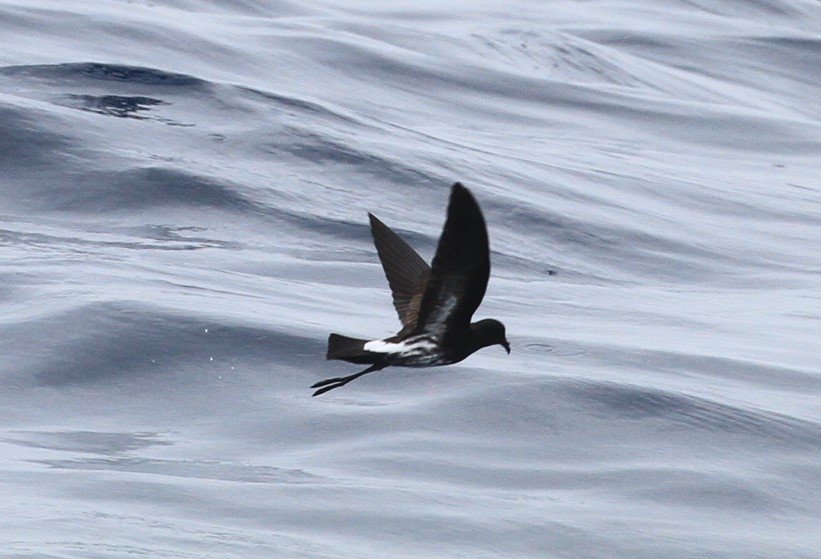
This potentially ‘one-off’ cruise will sail over 3,500 kilometres from the tropical island nation of Vanuatu to the Australian island of Tasmania and over the course of nine days offers anyone interested in seabirds and cetaceans a unique chance to look for a spectacular range of species.
Starting in the tropical waters of Vanuatu, the ship will sail in a southwesterly direction heading around the reefs which encircle the northern end of New Caledonia. A great range of tropical seabirds are possible with Kermadec, Providence, White-necked, Black-winged, Gould’s and Tahiti Petrels amongst the species we will hope to see.
Two special storm petrels can also be found in these waters, Polynesian and the recently redescribed New Caledonian which was only rediscovered in 2008 and we could also encounter other poorly known seabirds such as Vanuatu Petrel, Collared Petrel and Magnificent Petrel.
Continuing southwards and with the sea temperatures slowly dropping, the mix of seabirds will gradually begin to change with the frigatebirds, tropicbirds and Sooty Terns replaced by Flesh-footed Shearwaters, ‘Tasman Boobies’ (a likely split from Masked Booby) and Grey-faced Petrels before we eventually begin to find Southern Ocean species which could include Snowy Wandering Albatross and Cape Petrel.
With the expedition ship Heritage Adventurer as a comfortable home for eight nights, this cruises transits across waters which are rarely available to the keen seabirder and with the chance for an exciting range of cetaceans to look for too, the voyage is likely to result in some genuine surprises.
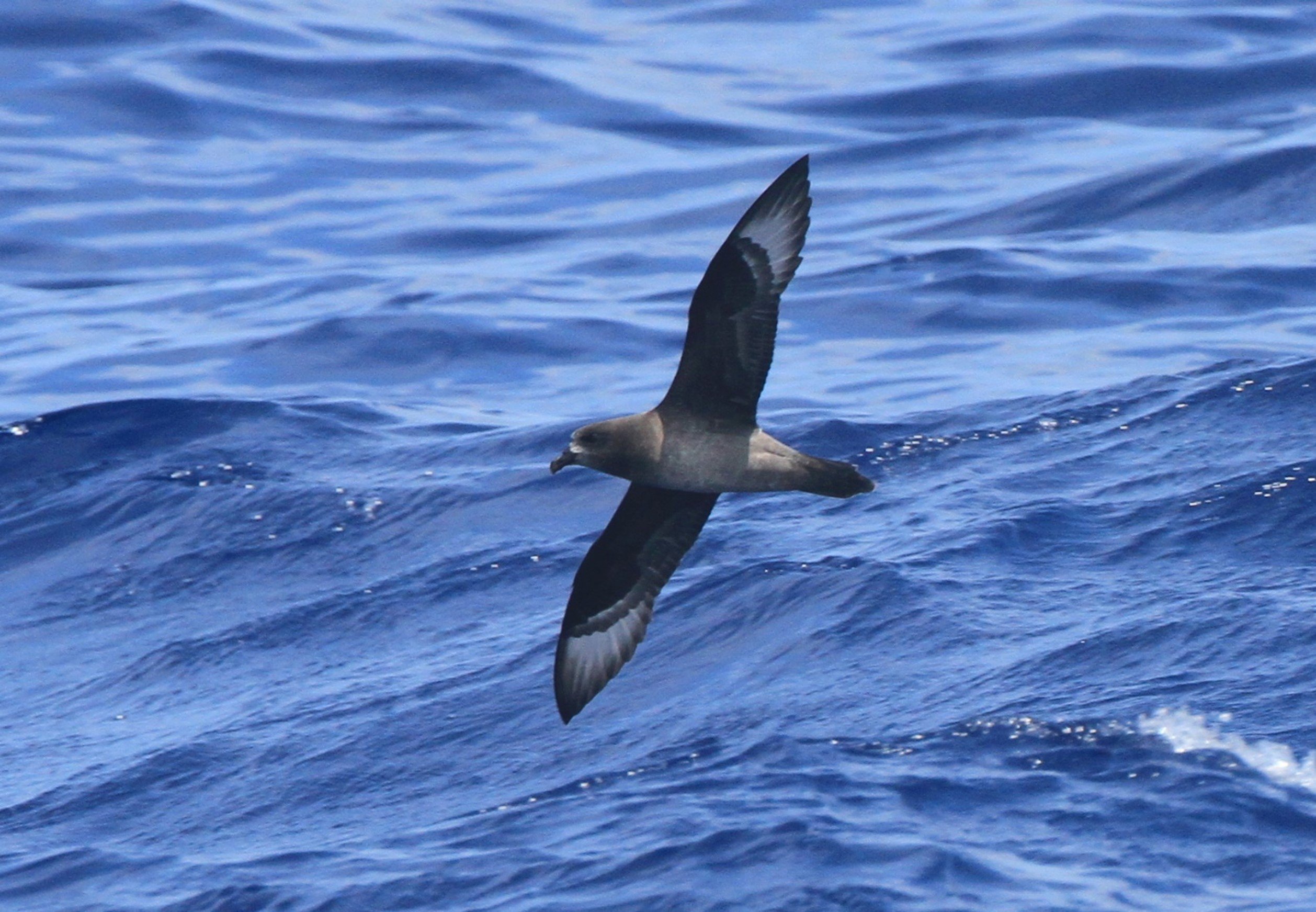
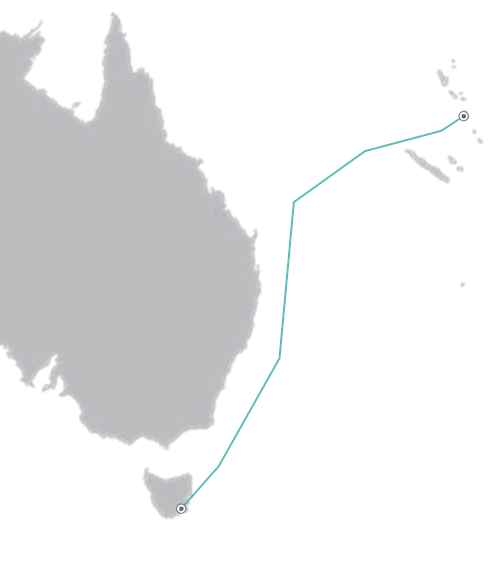
Board Heritage Adventurer in the afternoon at the wharf in Vanuatu’s capital city of Port Vila. The Captain and expedition team will be waiting to greet you on arrival and show you to your cabin. You will have time to settle in and familiarise yourself with the ship and we will also take the opportunity to introduce you to your Expedition Team and our voyage plans.
You are invited to join the Expedition Team in the Observation Lounge and up on the Observation Deck as we set sail.
Days 2 to 8: At Sea
We have seven days at sea to look for seabirds and cetaceans as we initially sail southwest passing the northern end of New Caledonia and then the remote Chesterfield Reef.
Initially whilst we transit the warmer and more tropical waters, we are likely to find feeding flocks which can occasionally contain hundreds of birds. These flocks are typically dominated by species like Brown and Black Noddies, White and Sooty Terns, Red-footed, Masked and Brown Boobies and Wedge-tailed Shearwaters and often attract marauding frigatebirds and skuas which are searching for an easy meal.
We may well also find both White-tailed and Red-tailed Tropicbirds and will need to also watch for other species with the ‘Melanesian Shearwater’ (a proposed split from Tropical Shearwater) a definite possibility during the early part of the voyage.
This part of the Pacific is, however, also home to an impressive range of Pterodroma petrels and related species and finding these will certainly be one of our priorities. Amongst the more likely species in these warmer waters are Kermadec, Providence, White-necked, Black-winged, Gould’s and Tahiti Petrels, but we will also hope to find some of the less well known and rarer species such as Vanuatu, Herald, Collared and Magnificent Petrels.
As we pass the northern reefs which encircle New Caledonia, we will hope to find two special species of Storm Petrel, Polynesian and New Caledonian. Whilst the former has a wide range across the tropical Pacific, it remains a tricky bird to see and has seemingly declined markedly in recent decades. Previous expedition cruises off the northern part of New Caledonia have seen this species on a reasonably regular basis so we stand a decent chance of finding it.
New Caledonian Storm Petrel, however, very much remains an enigma having been rediscovered on the West Pacific Odyssey in 2008. Although some initially questioned the proposal that this was the same species as a long forgotten specimen from Samoa, it is now accepted that they are indeed one and the same and this species was formally redescribed in 2022. Little else is known about this species and whilst it appears that like Polynesian Storm Petrel it may have once been found widely across the tropical Western Pacific, there remain very few sightings away from the coastal waters off west New Caledonia and the seas off Queensland and the breeding grounds are yet to be located.
As we head further south, we will be within the likely feeding range of Providence Petrels which will be coming to the end of their breeding season on Lord Howe Island, with increasing numbers of Flesh-footed Shearwaters likely to be found too.
We will also need to check any ‘Masked Booby’ we see, as there is now evidence to suggest that the birds which breed on Lord Howe and Norfolk Islands should be treated as a different species, with ‘Tasman Booby’ proposed as a name for this potential split.
As we continue onwards, we are likely to start finding other species of Storm Petrels with White-faced, White-bellied and Wilson’s all possible, along with increased chances for Black-bellied as the waters continue to cool.
As we transit these waters, we can also expect to range of cetaceans which could potentially include everything from the largest species on the planet, Blue, Fin, Sperm and Humpback Whales, to pelagic dolphins and beaked whales. A number of different species of ‘beakies’ are certainly possible and whilst the widespread Cuvier’s is probably the most likely, others such as Blainville’s, Gingko-toothed, Longman’s and even the recently described Deraniyagala’s have all been found on previous expeditions travelling through these waters.
As the ship continues heading south and the waters begin to cool, we will enter the range of a different suite of seabirds with an increasing percentage being wanderers from the Southern Ocean. Indeed, during the latter stages of the voyage, we hope to find the ultimate seabird wanderer, the Wandering Albatross, with Snowy and Gibson’s Wandering the most likely forms/species.
Other possible albatrosses include Black-browed and the closely related Campbell, as well as both Northern and Southern Royals, Antipodean Wandering, Salvin’s, Shy, Buller’s and Grey-headed.
As the ship nears Tasmania, we are likely to also start finding Giant Petrels with both Northern and Southern possible, along with smaller members of the petrel family including Cape, Grey-faced, Mottled, White-chinned and potentially Westland Black. More of an identification challenge will be the prions with Antarctic, Slender-billed and Fairy, the more likely possibilities, and as the voyage reaches its conclusion, the numbers of Short-tailed Shearwaters should grow significantly with the chance of some vast rafts of these long distance migrants with millions nesting on Tasmania.
Day 9: Hobart, Australia
Heritage Adventurer is due to arrive in the early morning at Hobart, the capital of Australia’s Island state of Tasmania and after a final breakfast aboard, there will be a complimentary coach transfer to Hobart International Airport, however, in case of any unexpected delays due to weather and/or port operations, we ask you not to book any onward travel until after midday.
Note: During our voyage, circumstances may make it necessary or desirable to deviate from the proposed itinerary. This can include poor weather and opportunities for making unplanned excursions. Your Expedition Leader will keep you fully informed.
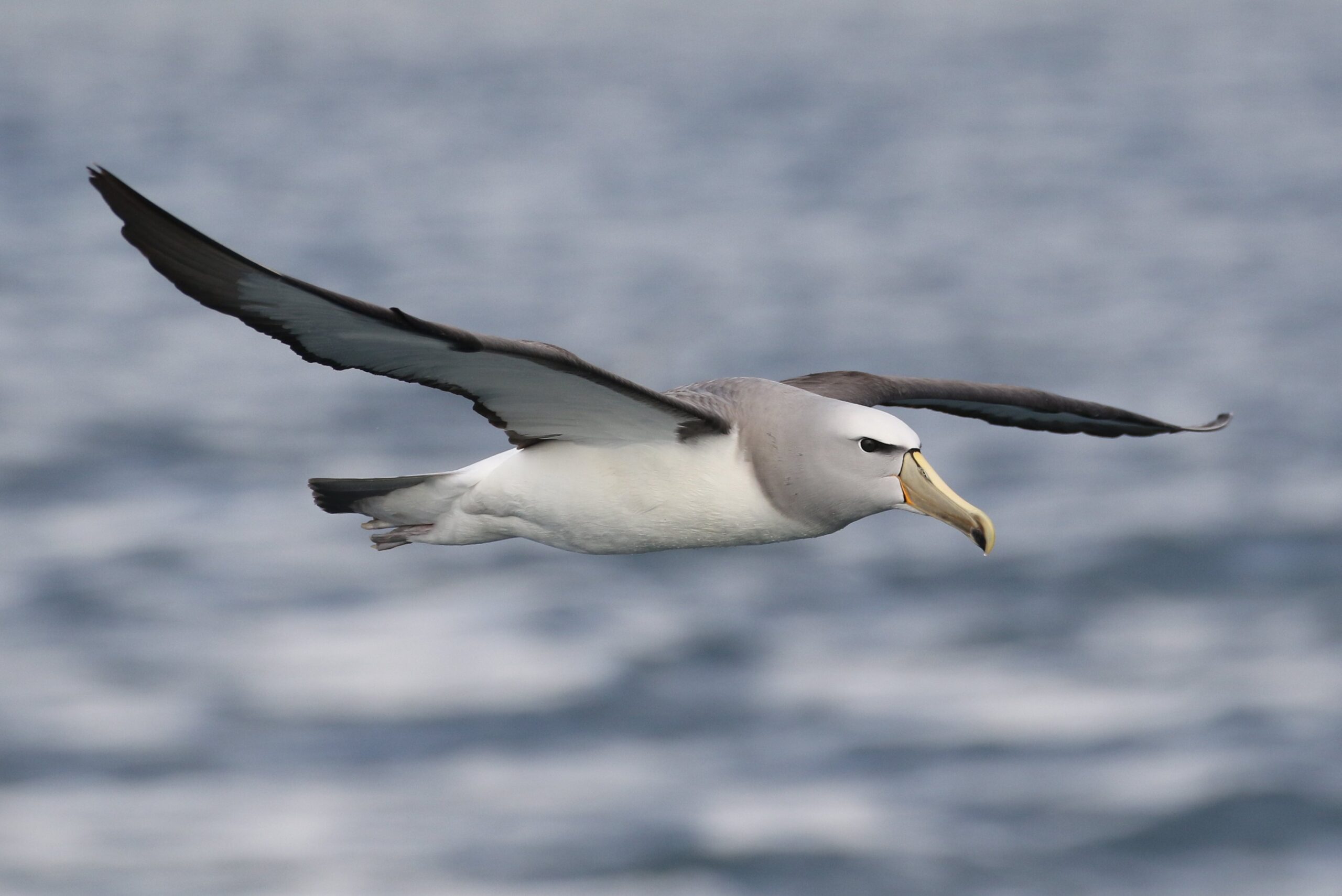
THE SHIP
Heritage Adventurer is a purpose built expedition ship (which was previously known as Hanseatic and Resolute) which offers extremely comfortable cabins and passenger facilities and is so smooth that on flat seadays, it is possible to use a telescope to look for seabirds.
Originally designed to accommodate 184 guests, Heritage Adventurer will carry a maximum of 140 expeditioners ensuring spacious, stylish and comfortable voyages.
Tour Gallery
View a gallery of images for this tour below, click on an image to view as full size with caption
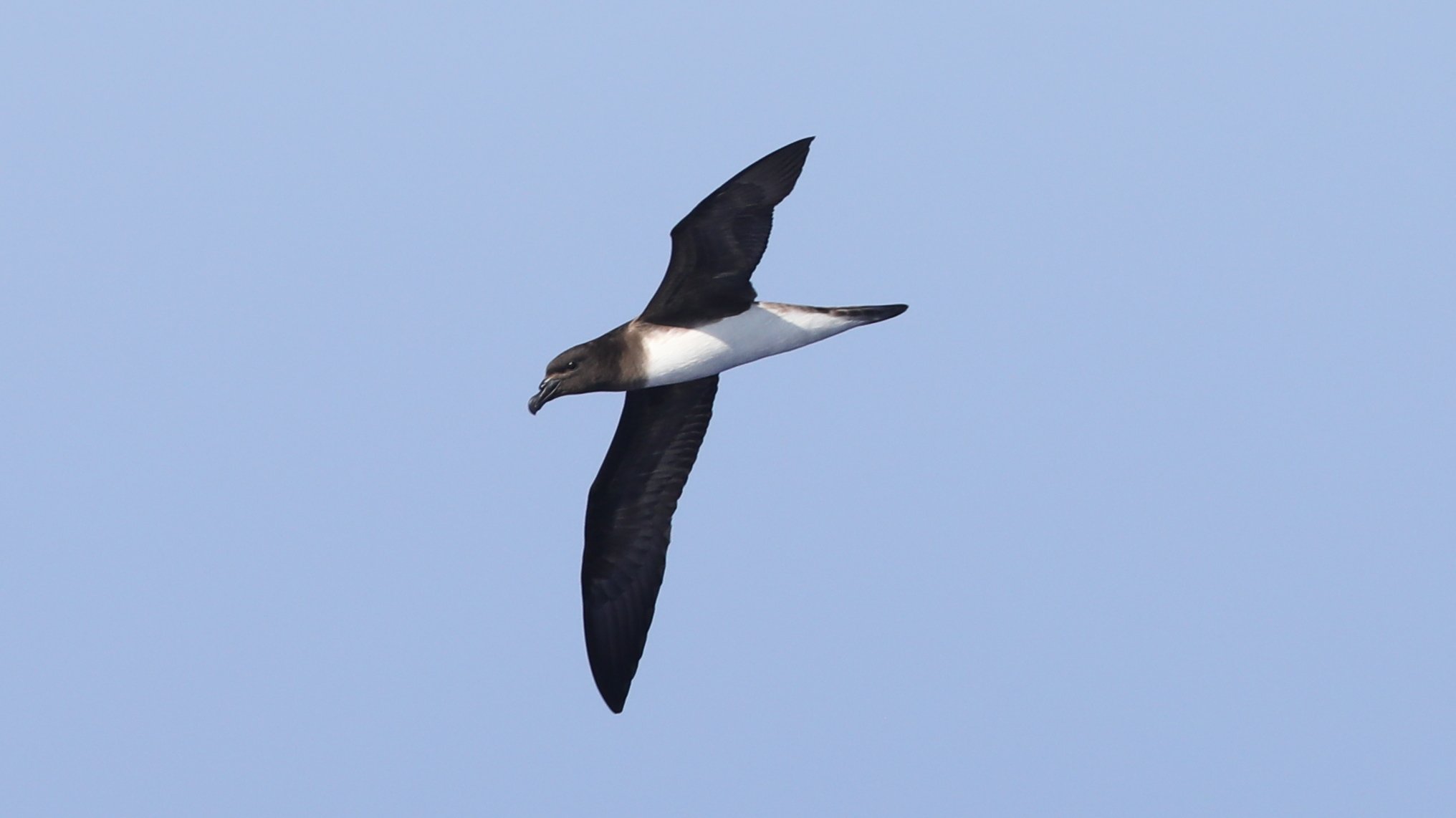
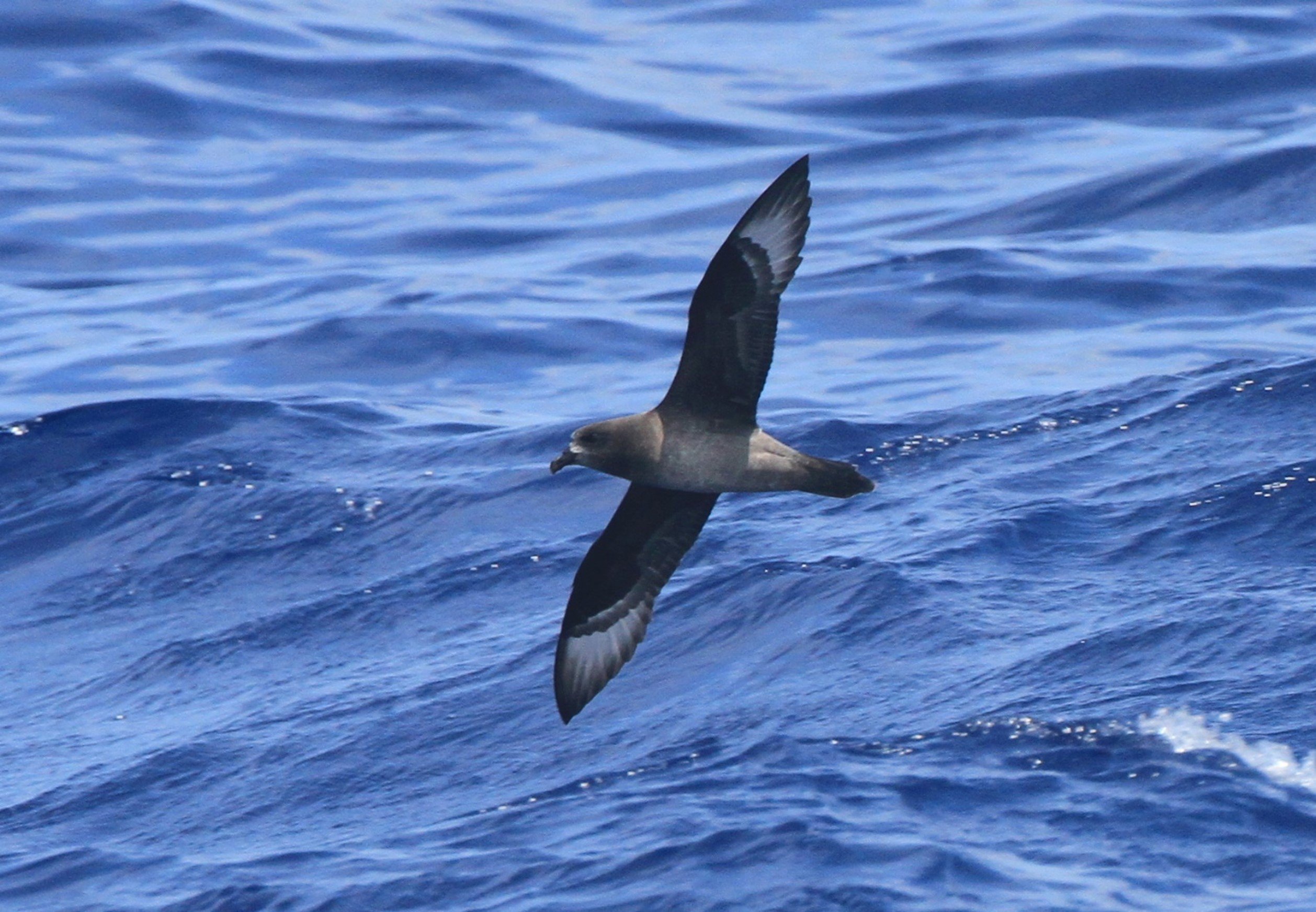
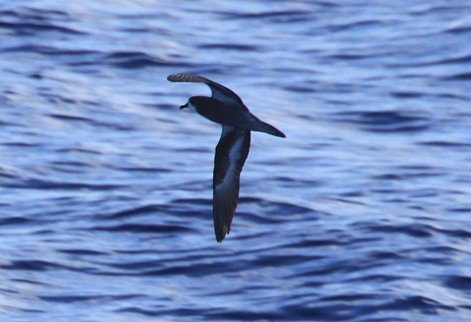
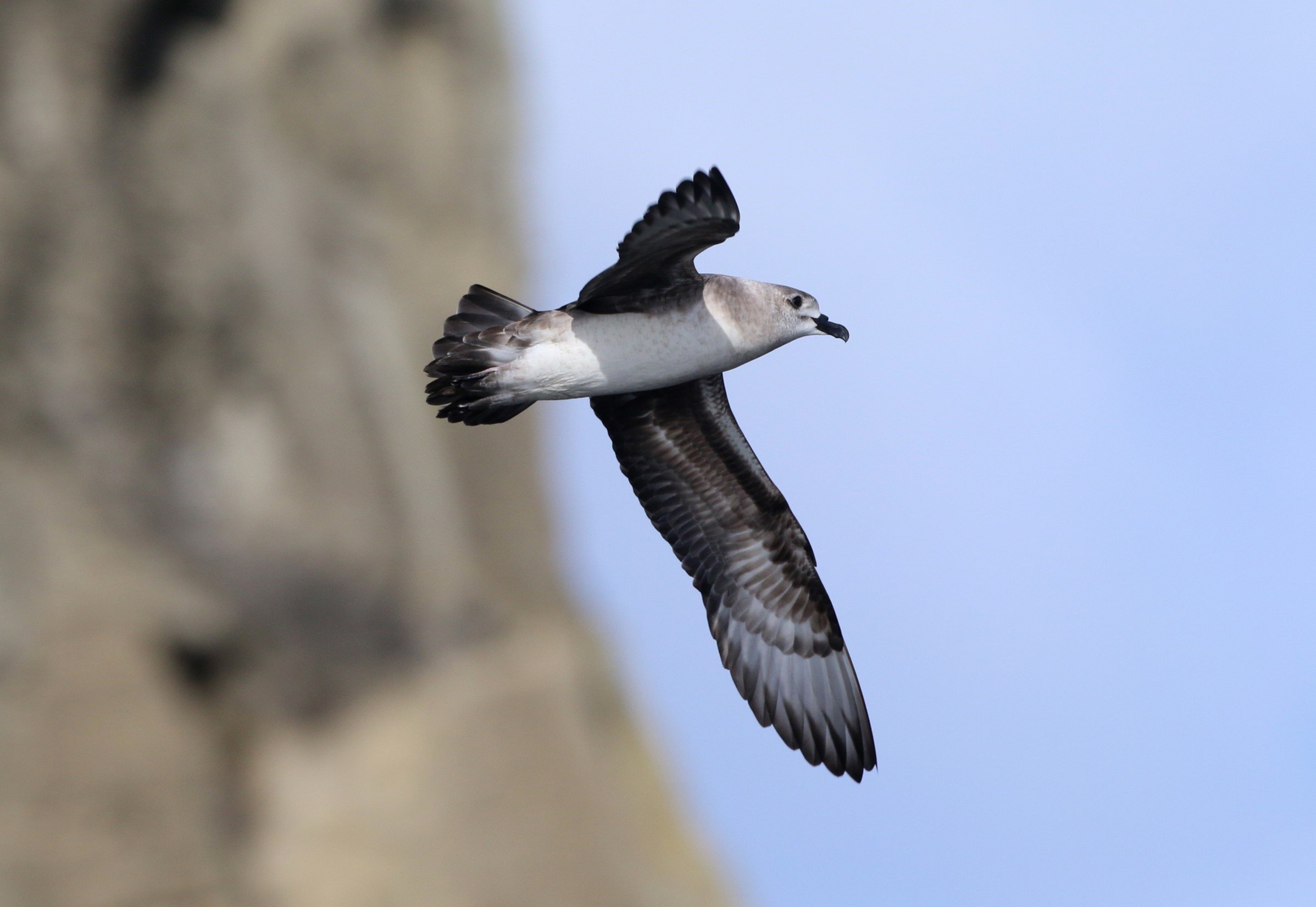
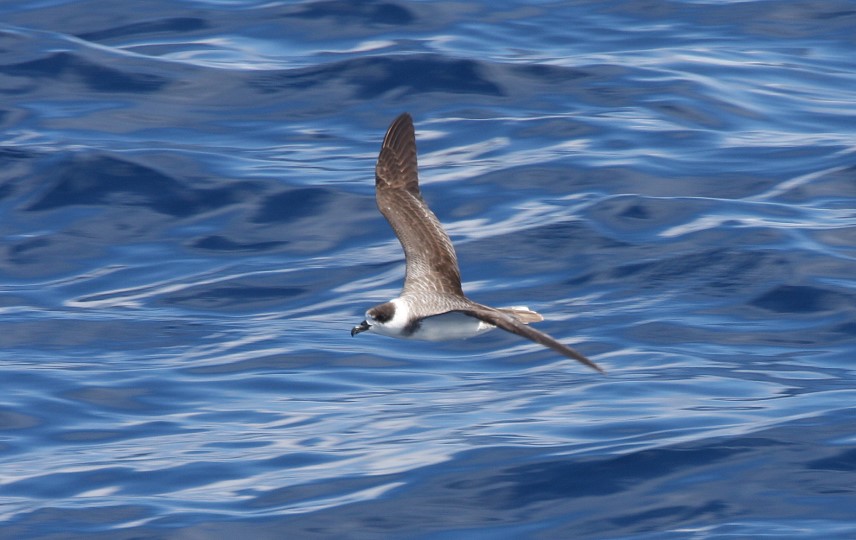
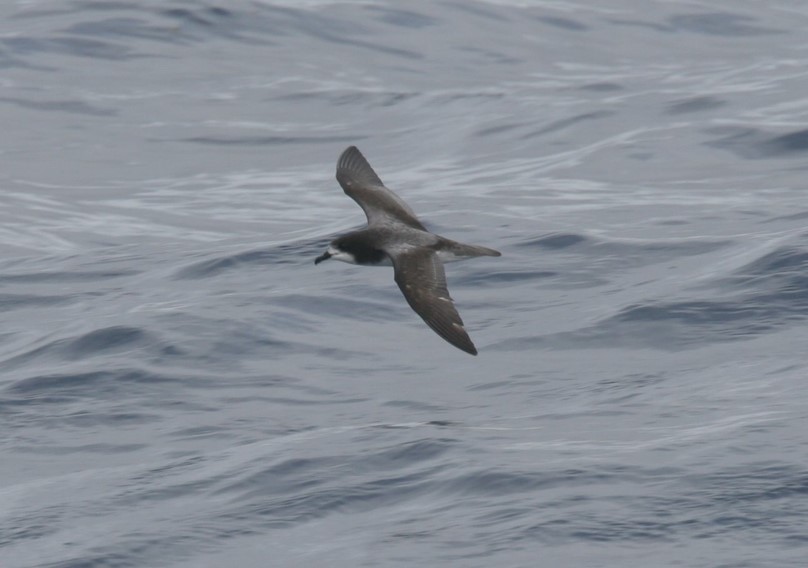
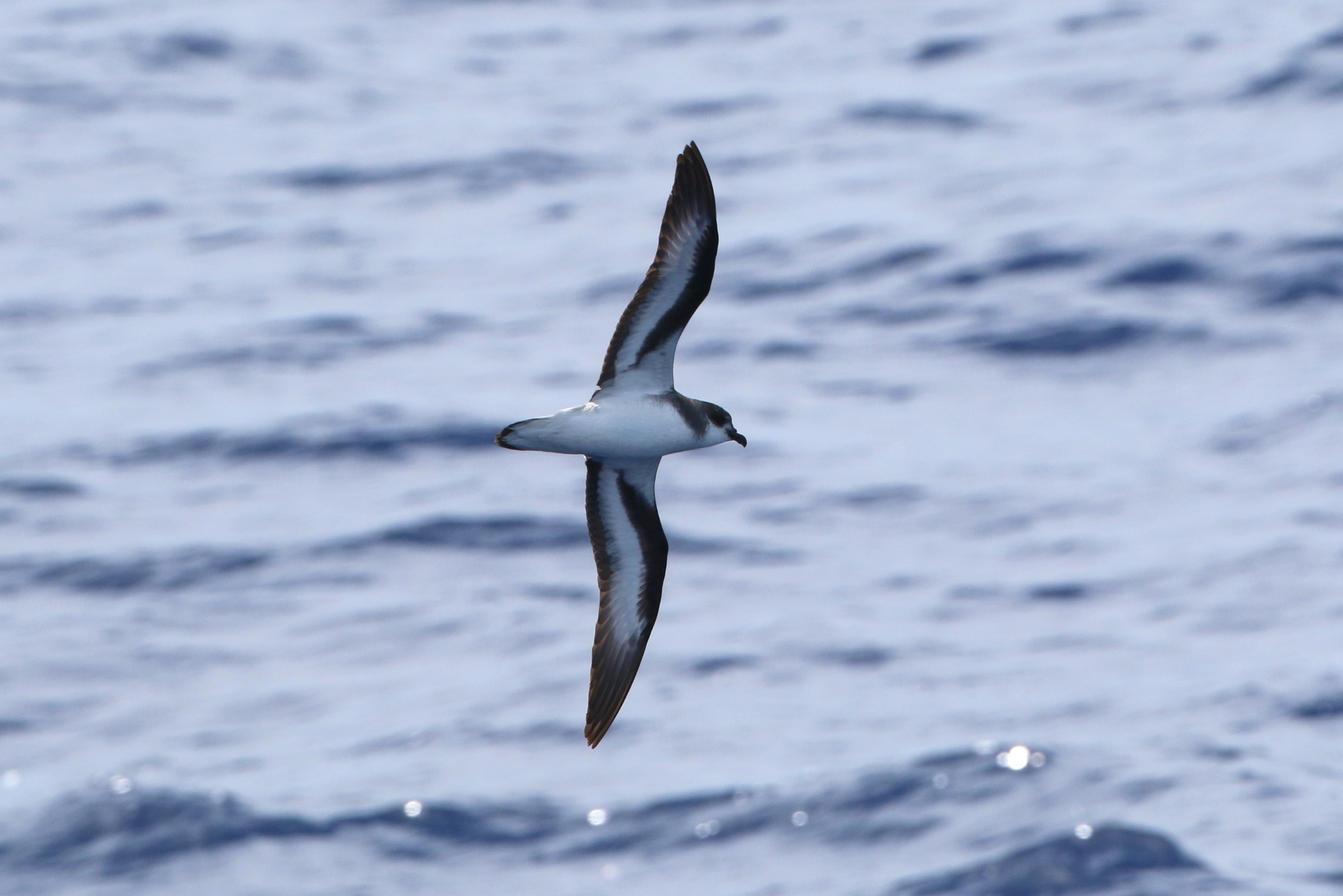
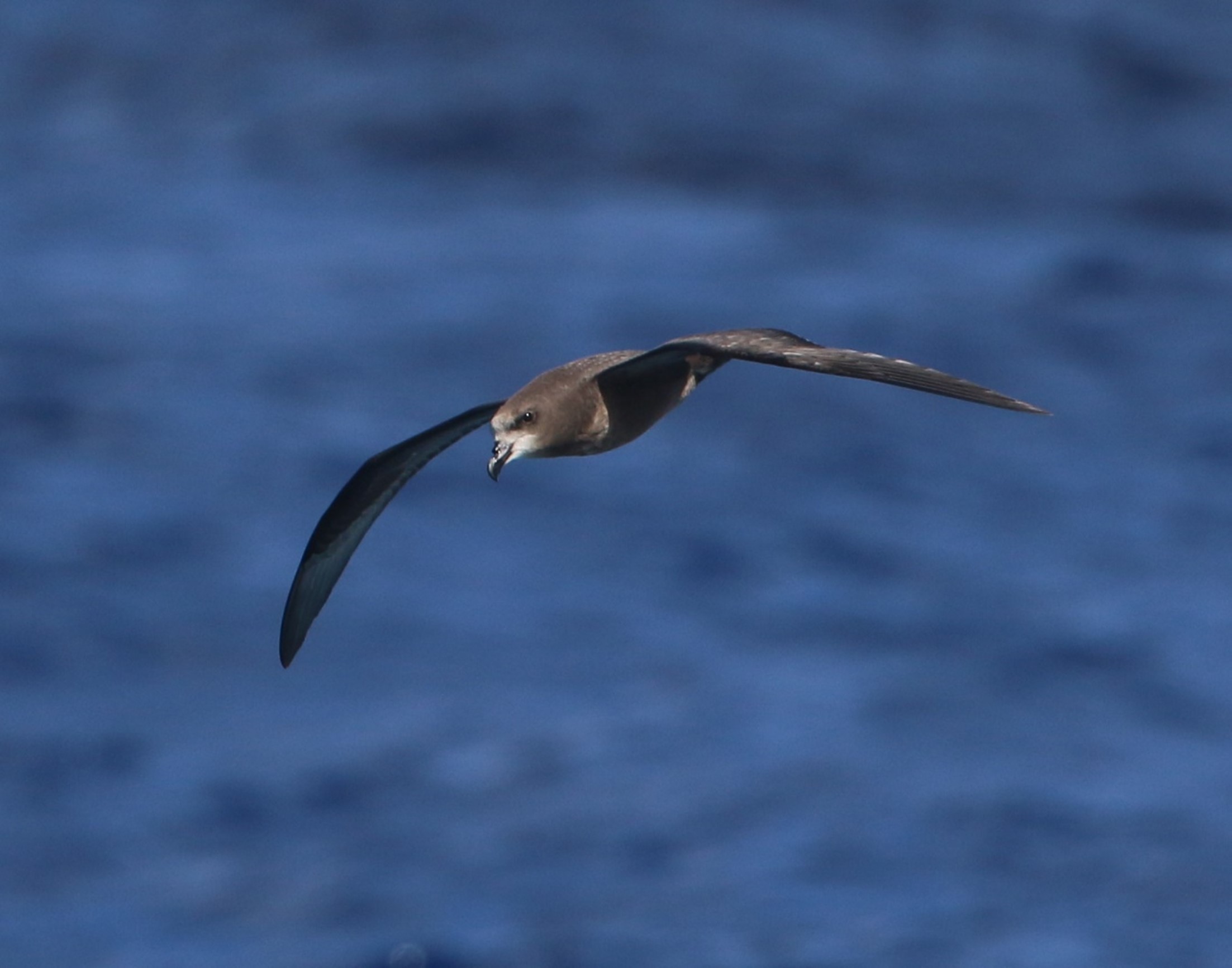
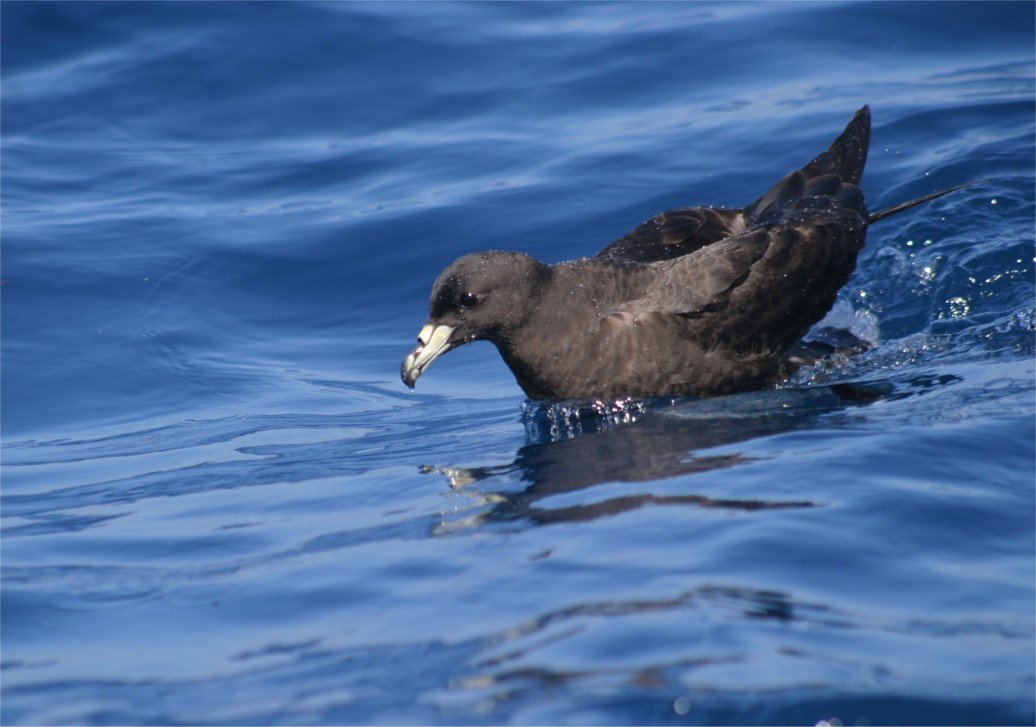
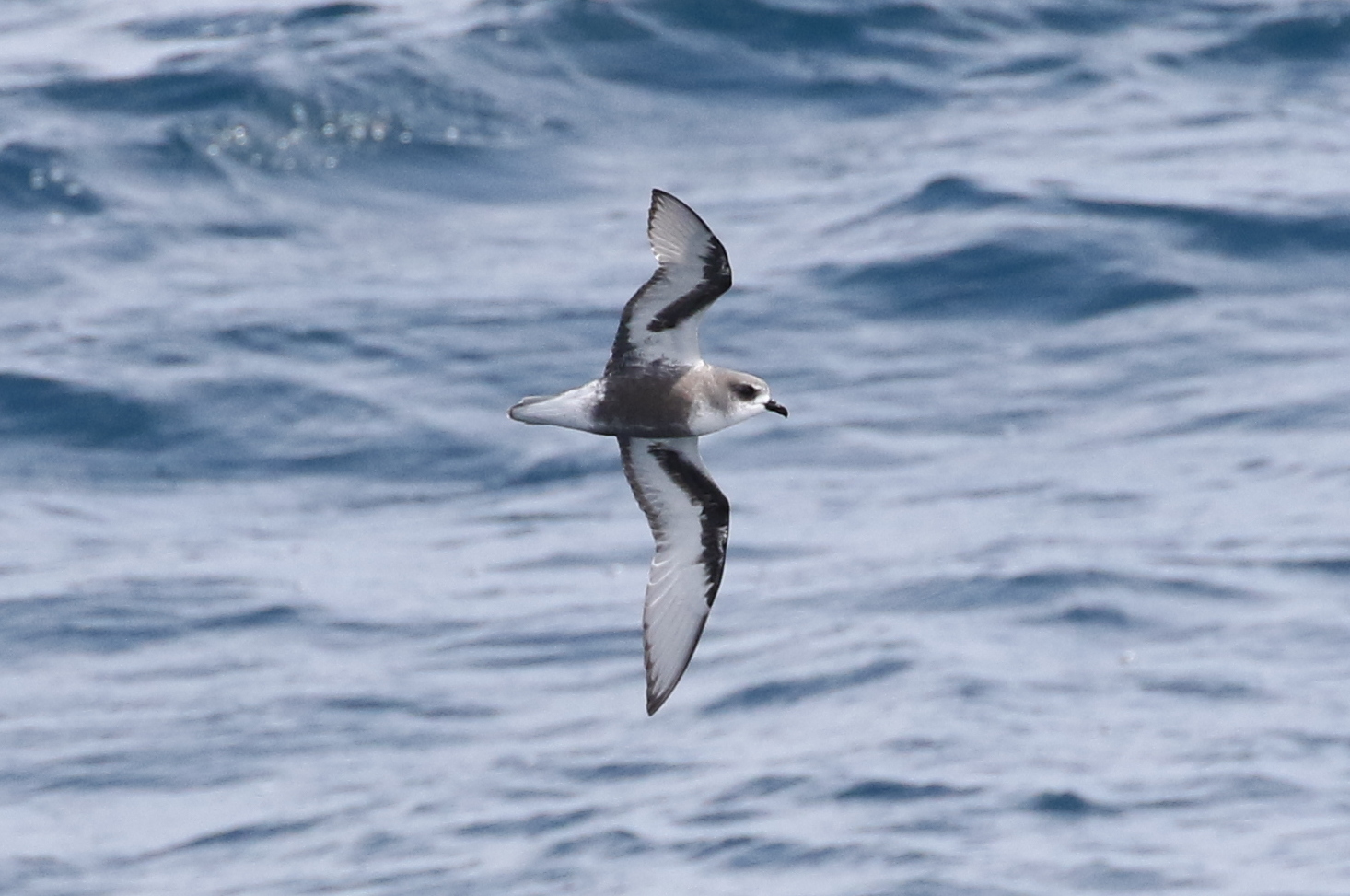
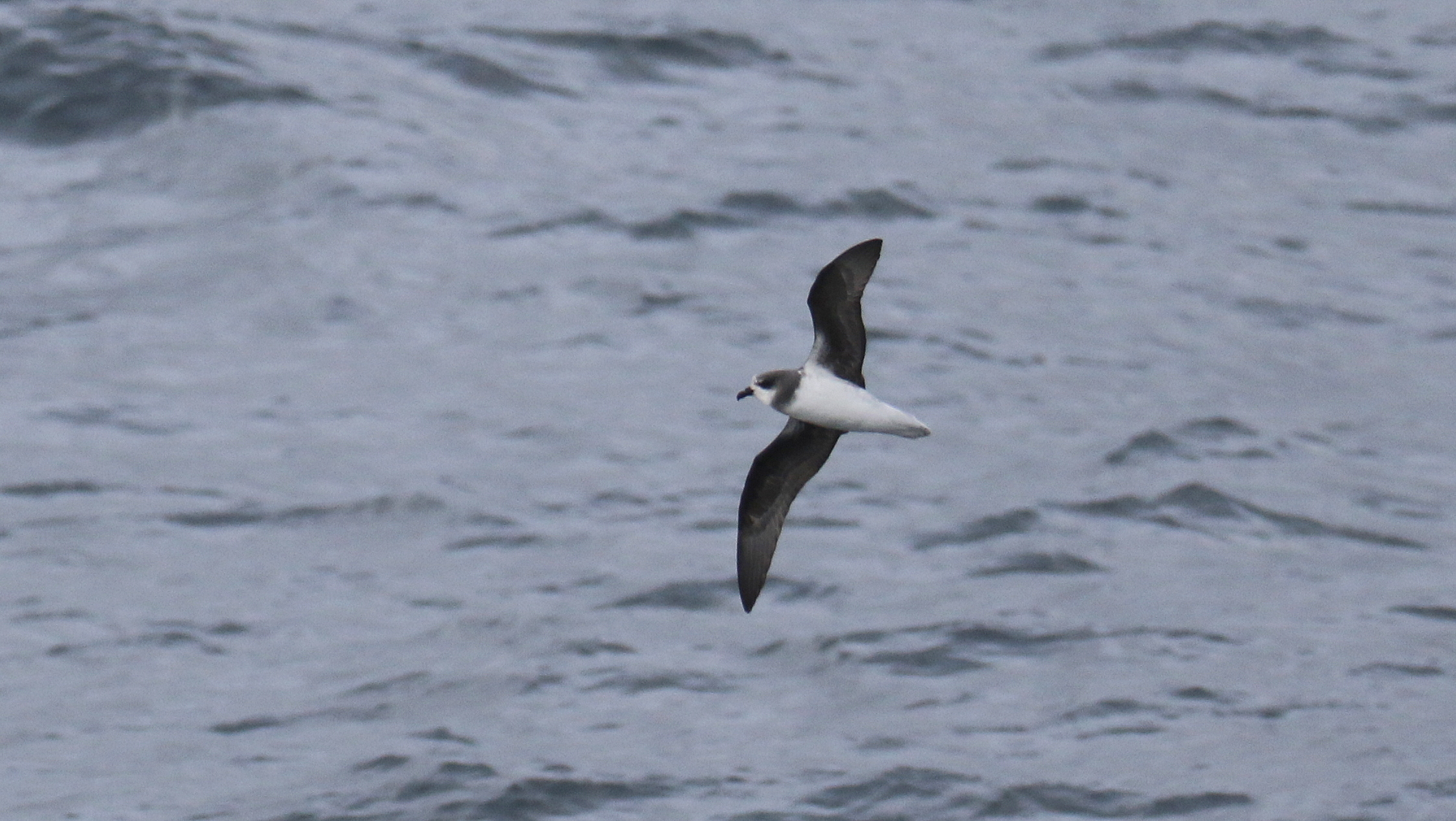
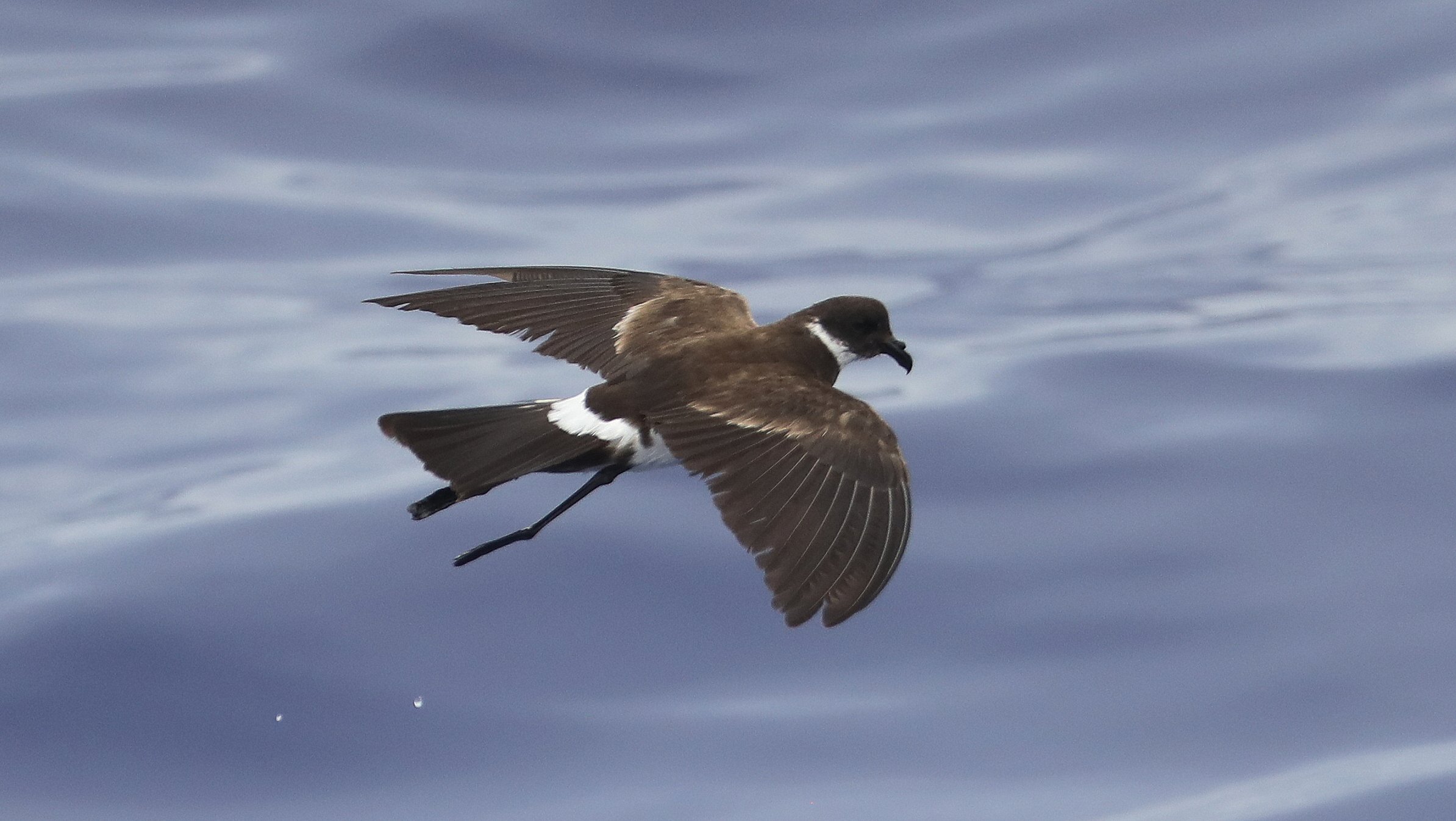
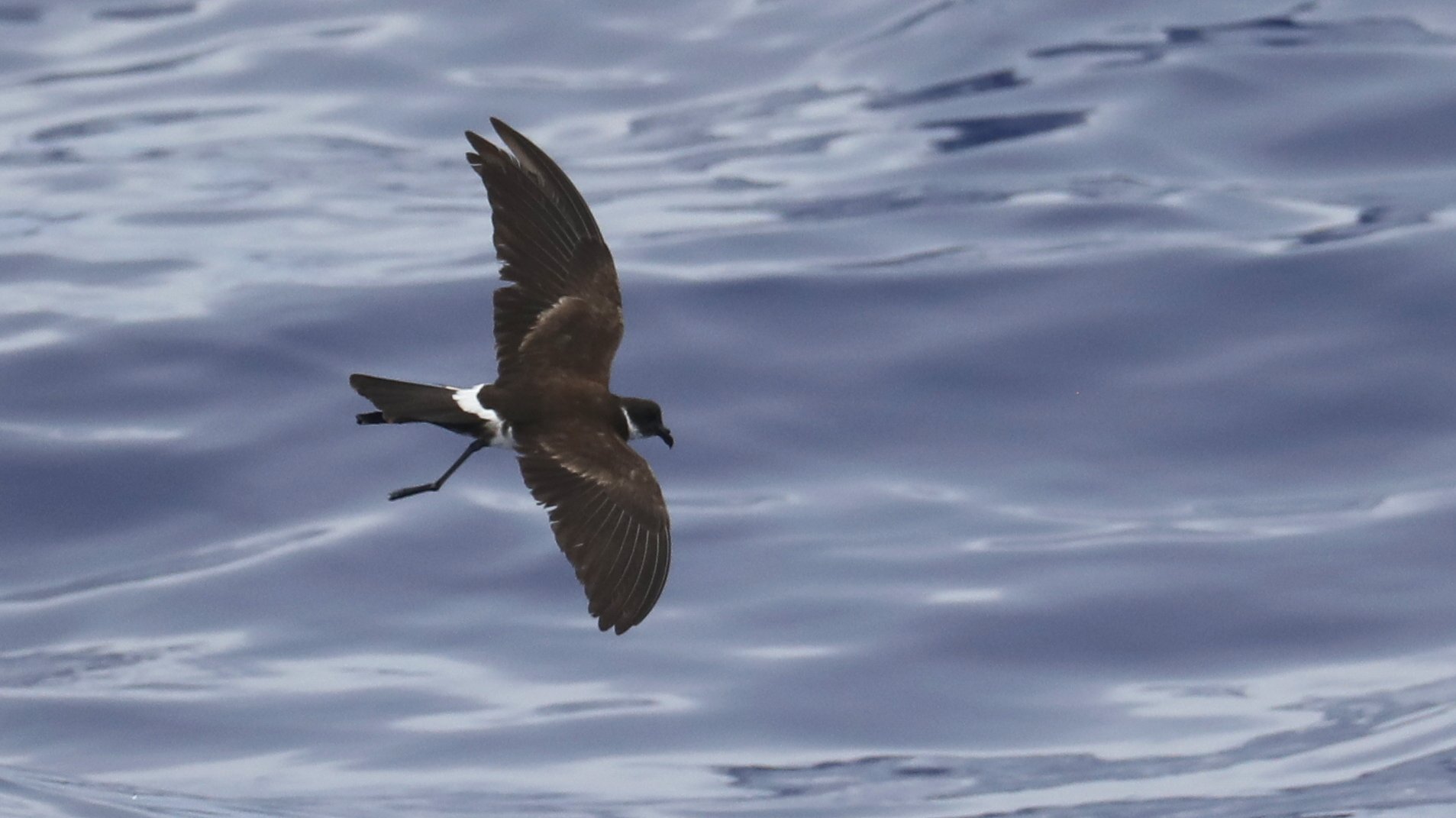
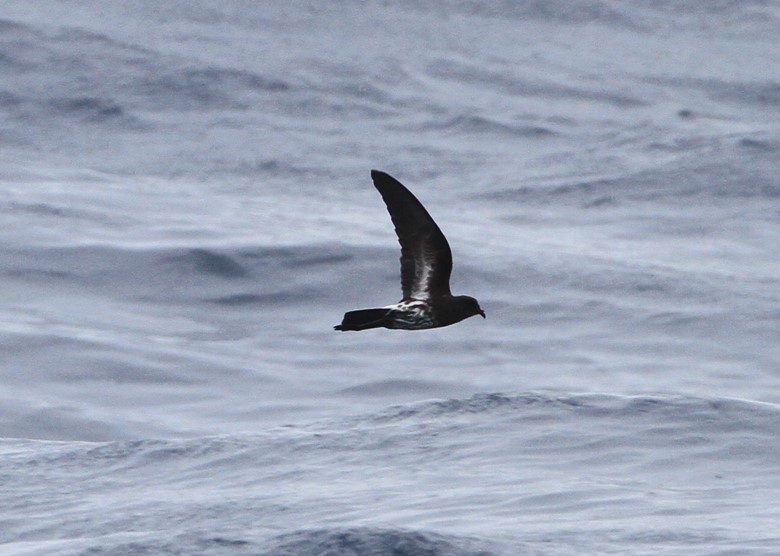

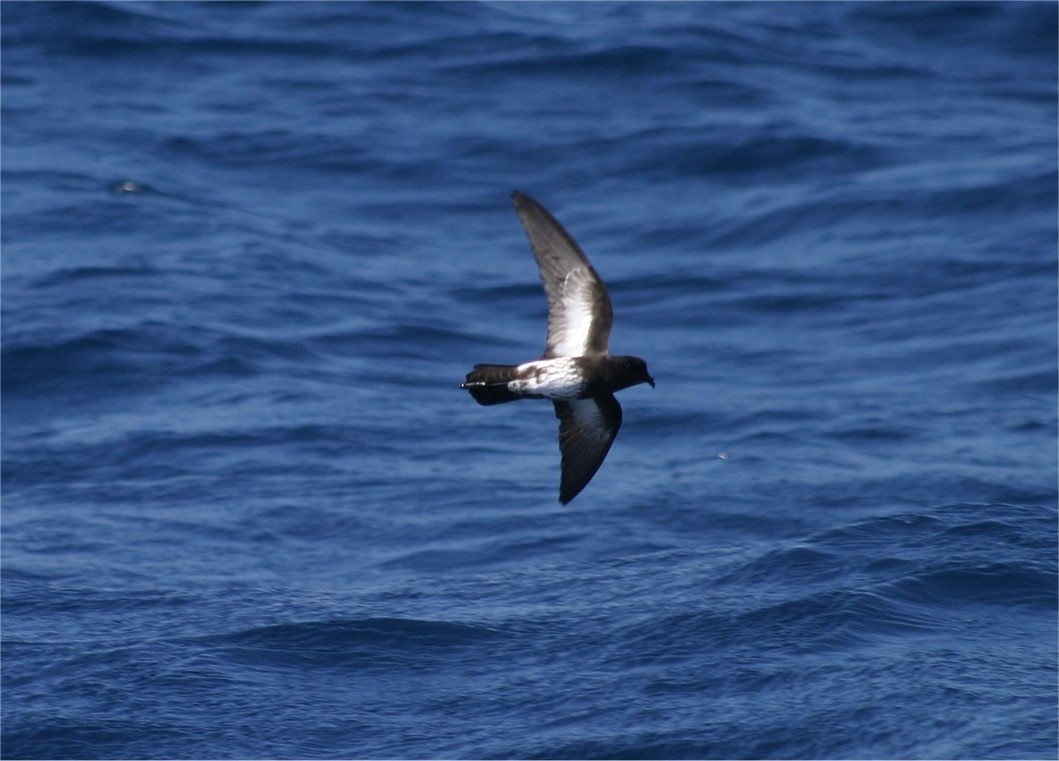
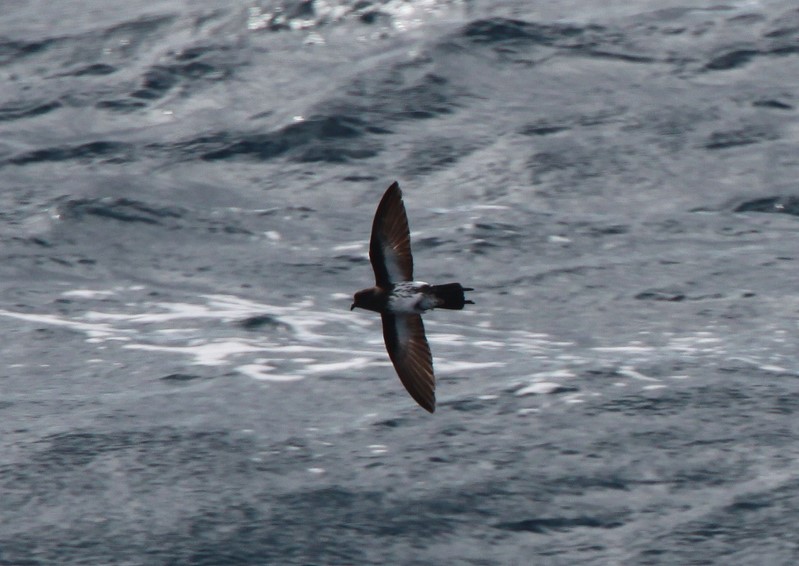
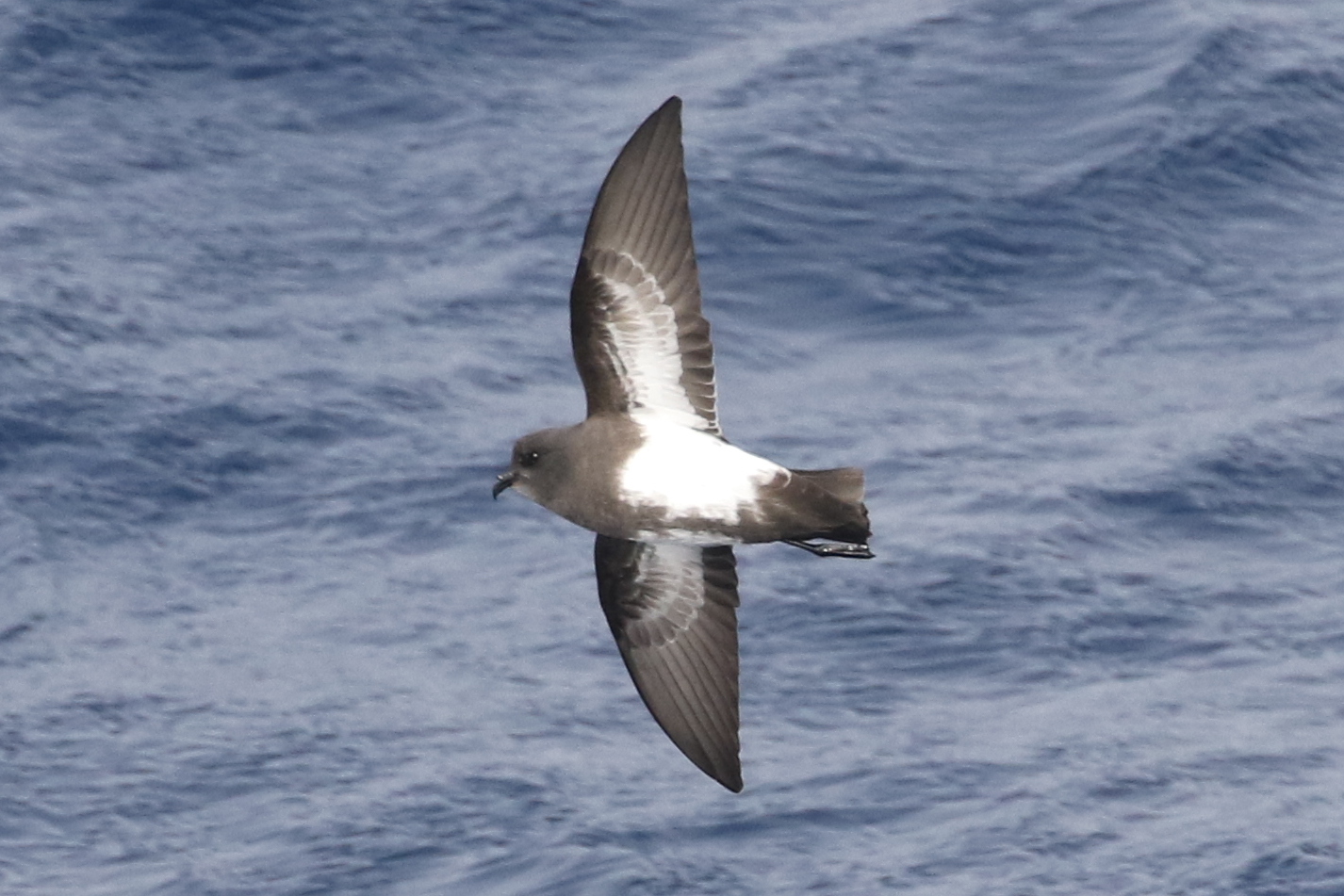
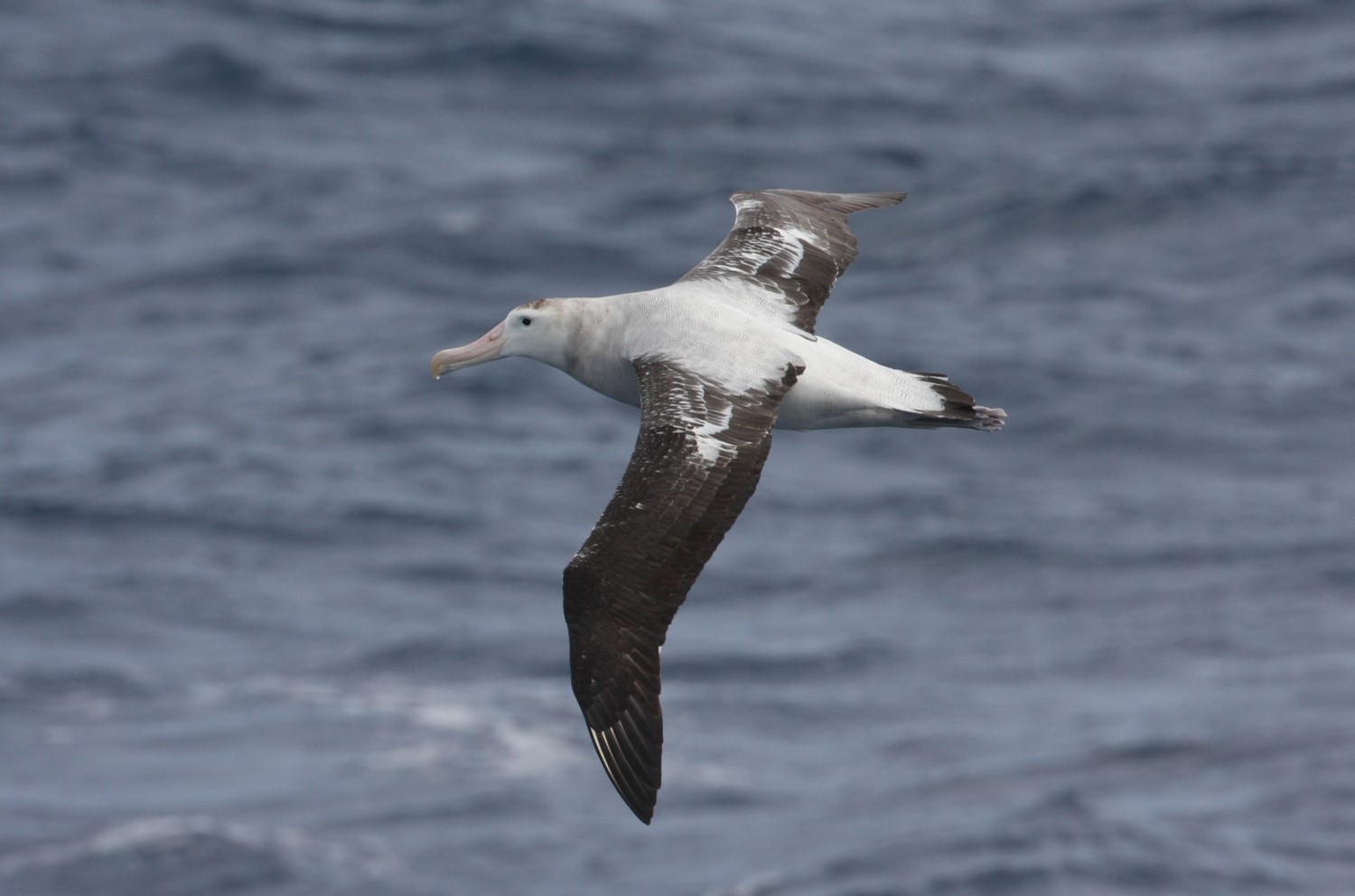
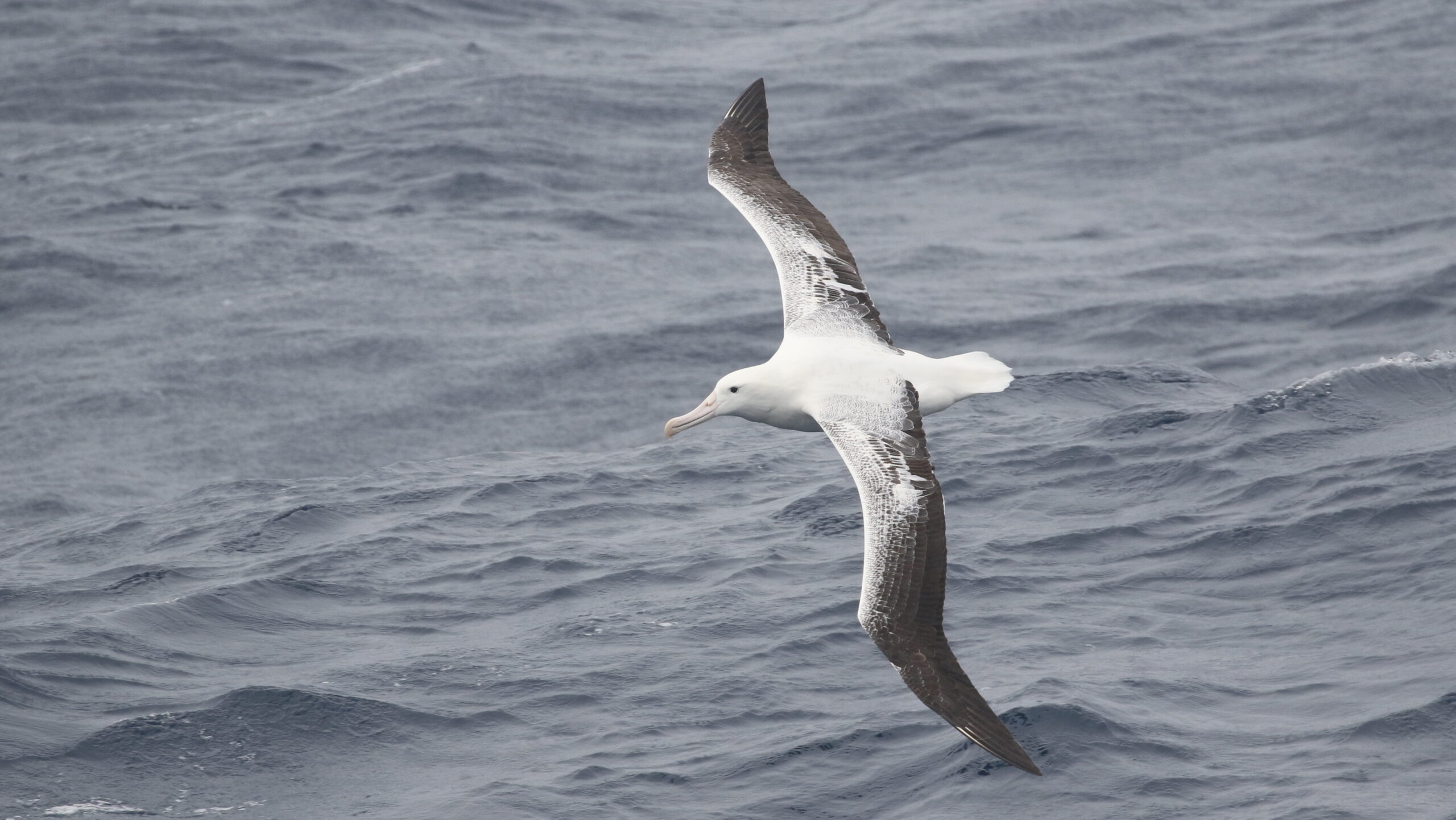
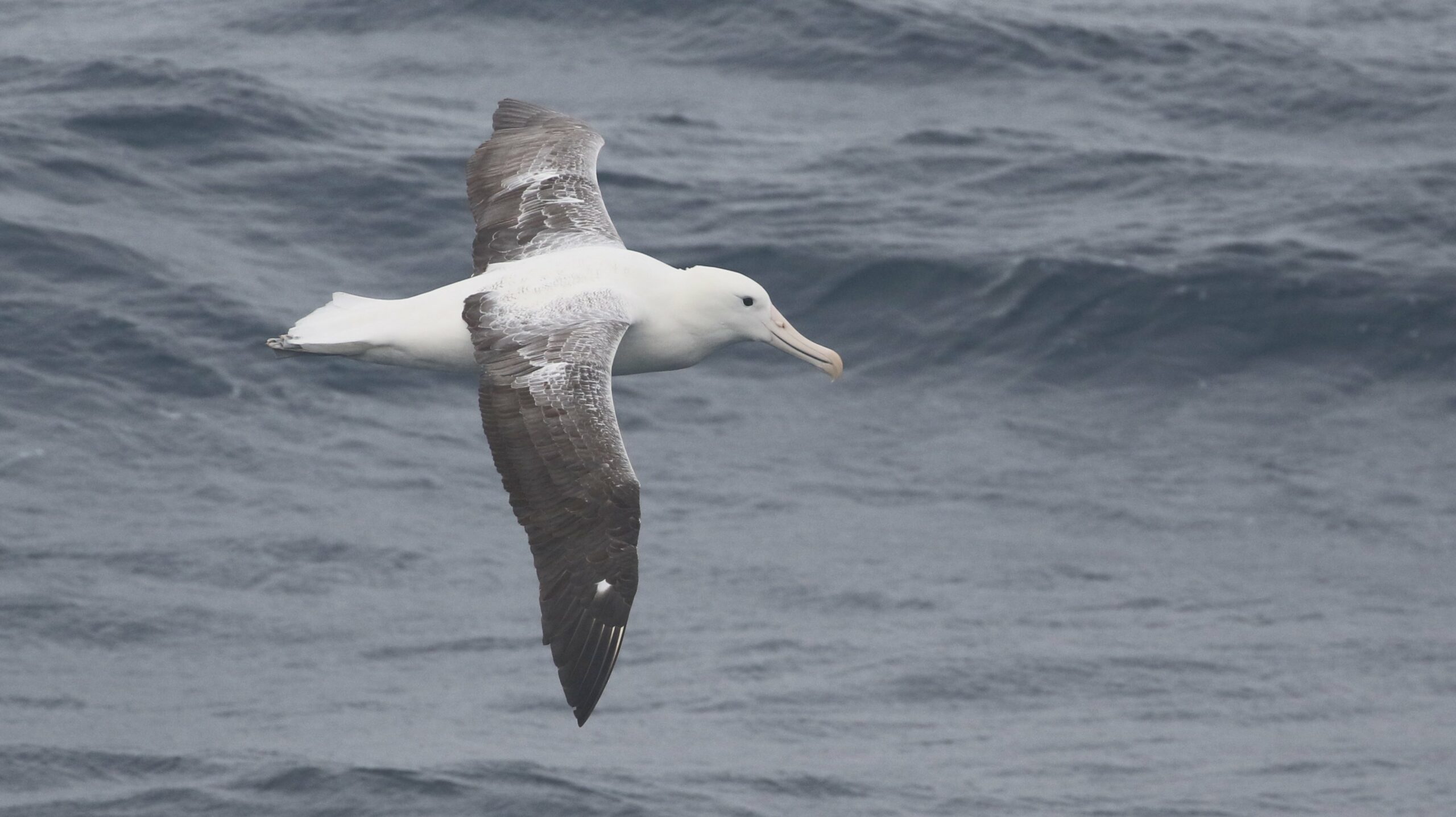
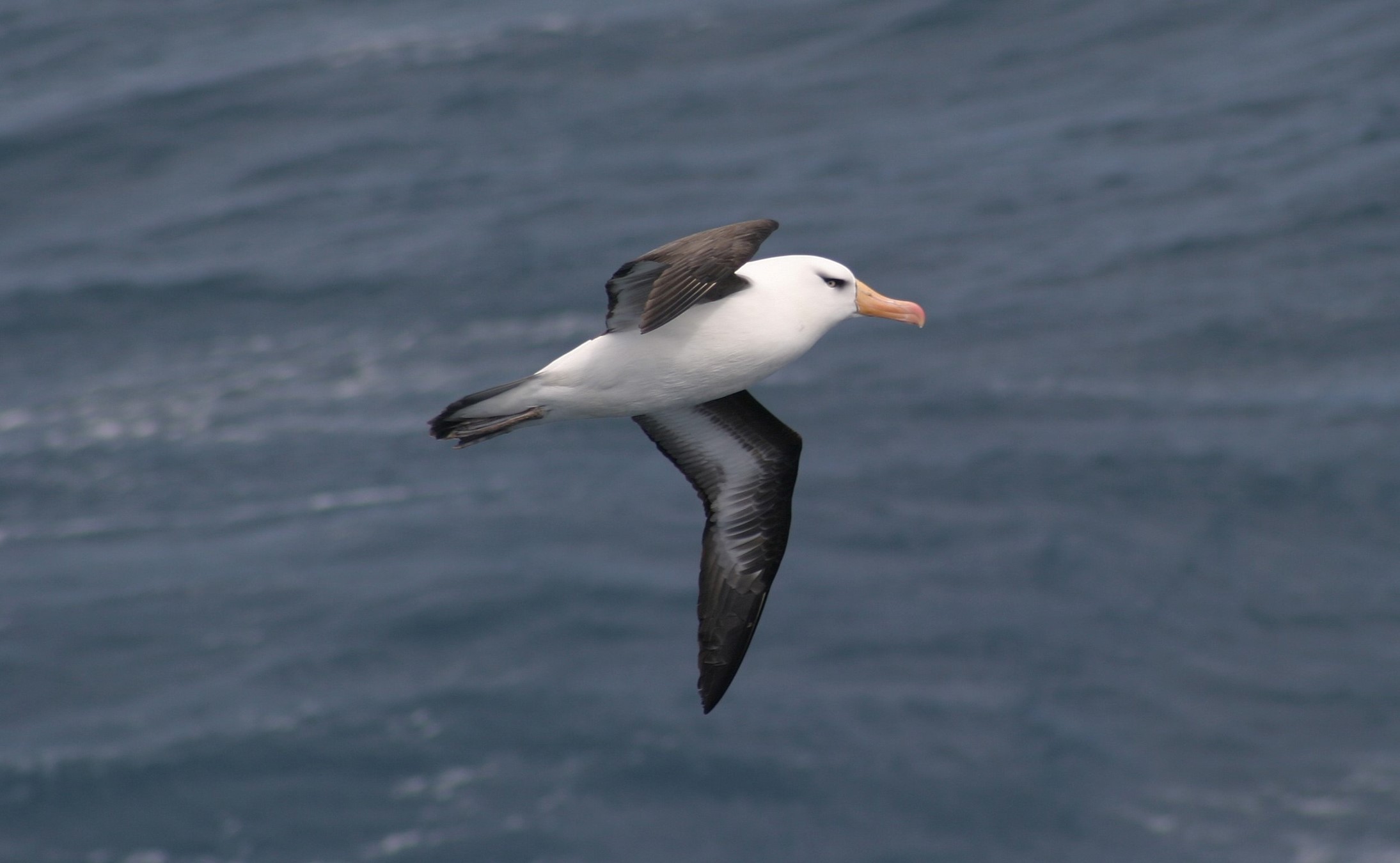
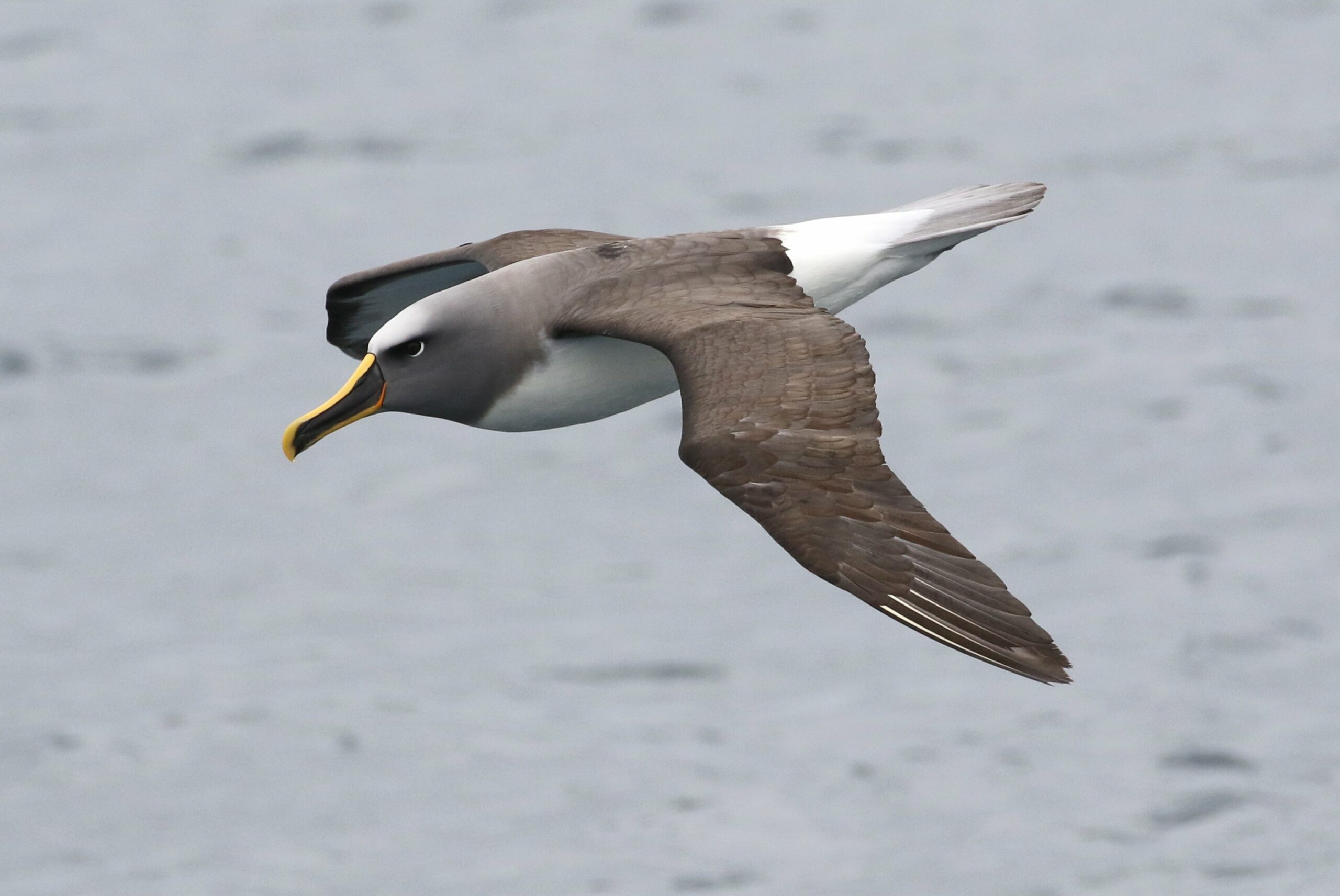

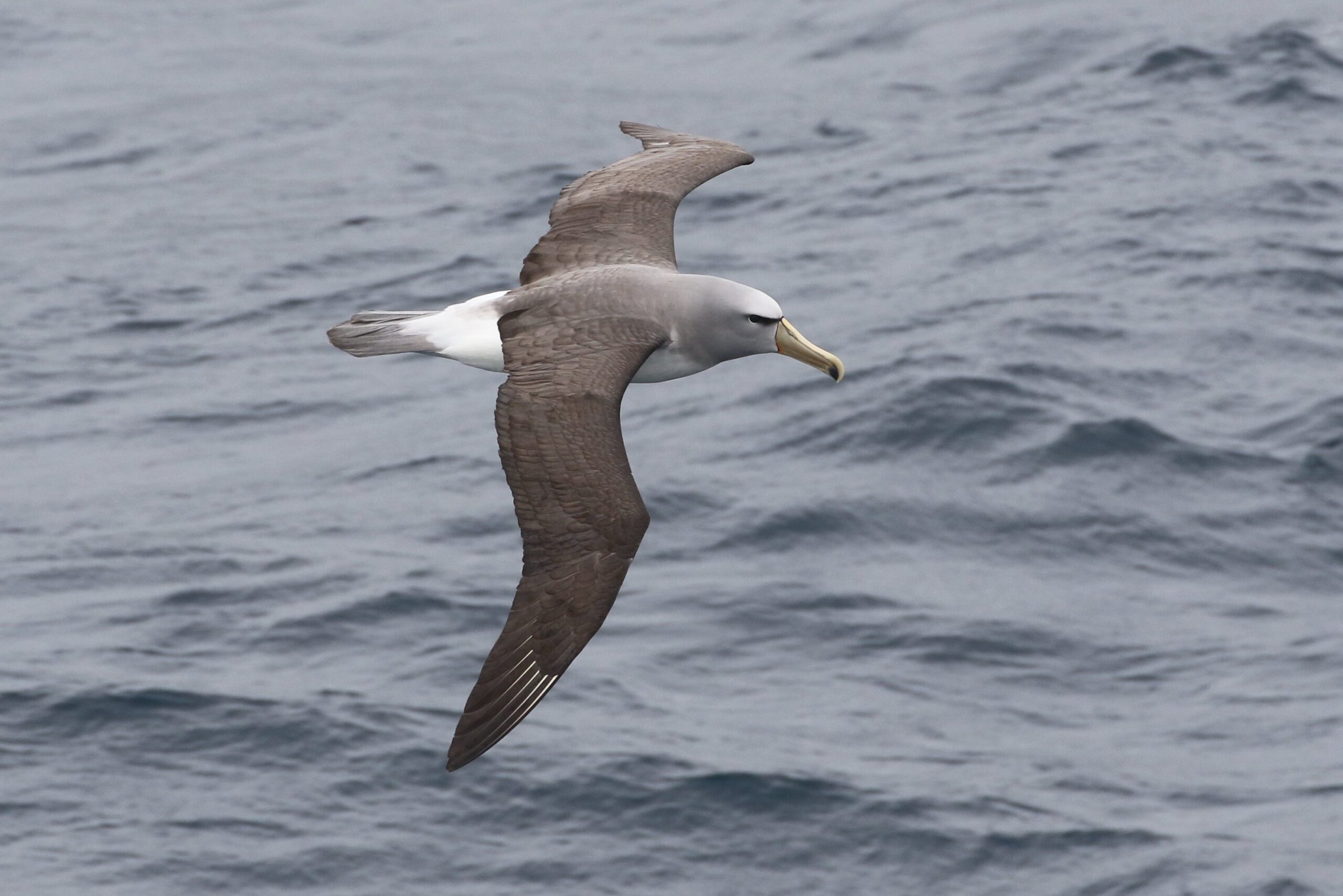
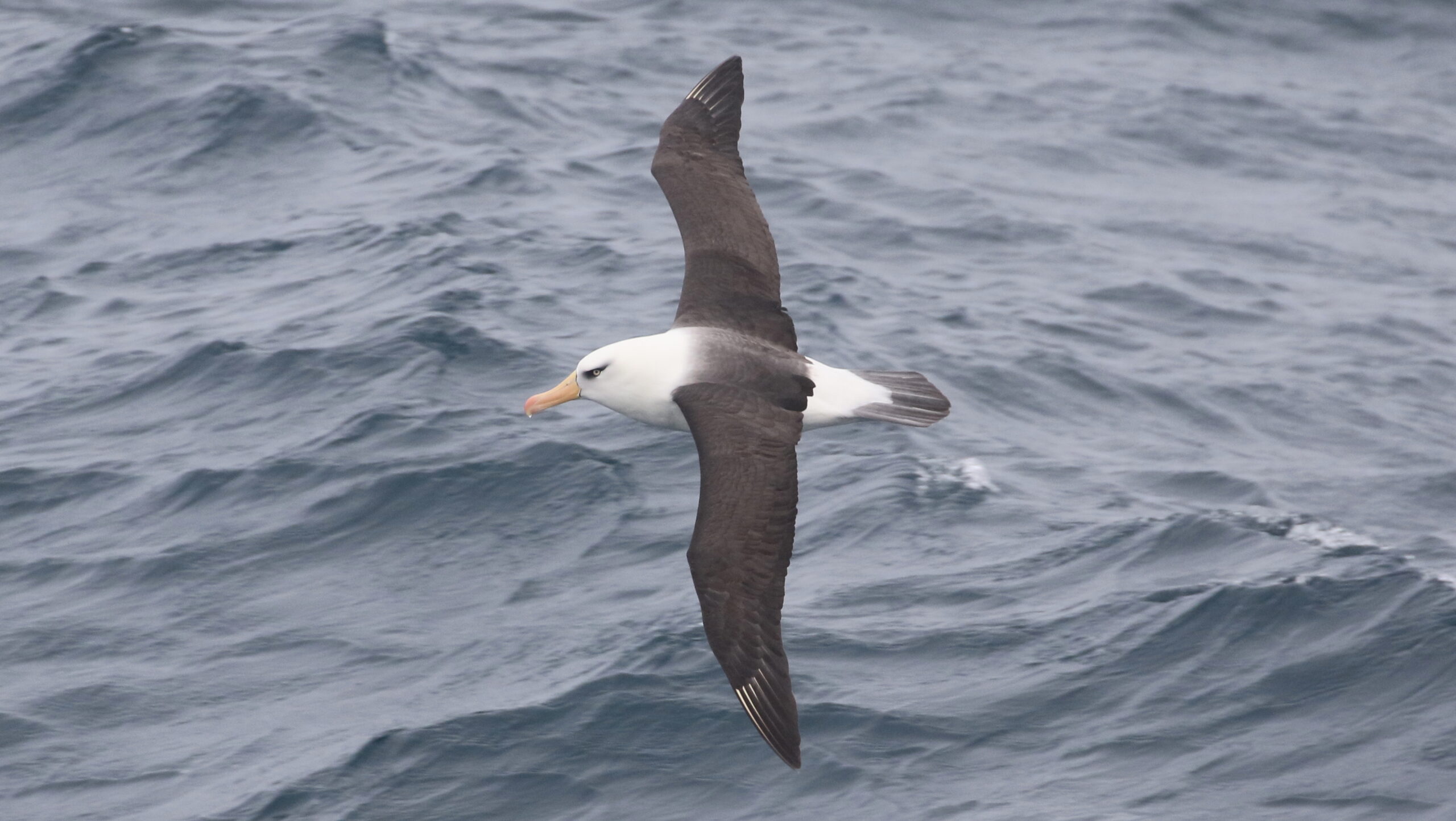
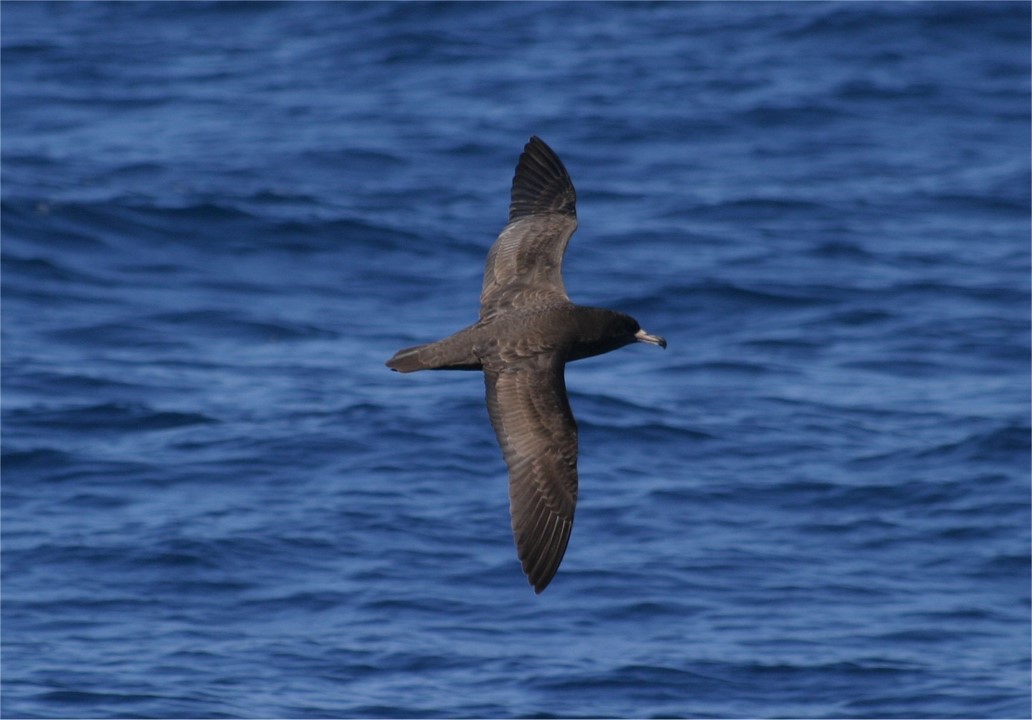



























Ask About This Tour
If you have any questions about this tour, please enter your details here and we will get back to you as soon as possible.
Alternatively, contact us by email or phone. We look forward to hearing from you!
- 0117 965 8333
- [email protected]
Or complete the contact form and we will endeavour to get back to you as soon as possible.
* = required field
